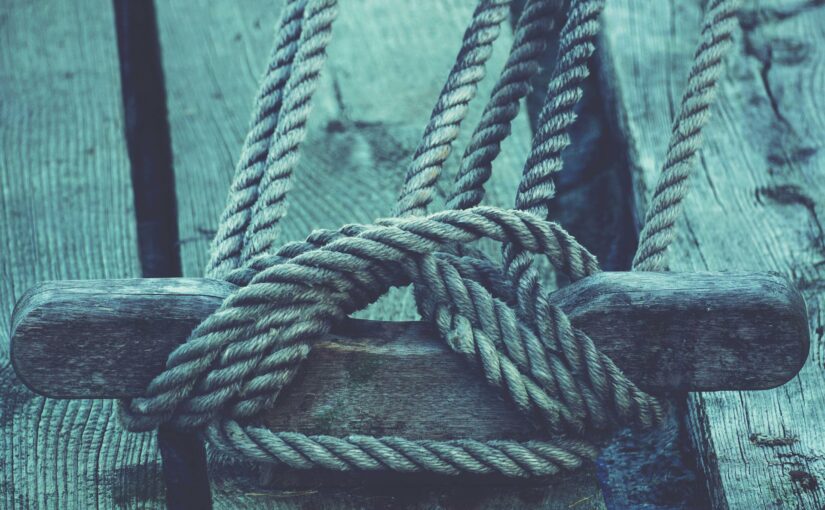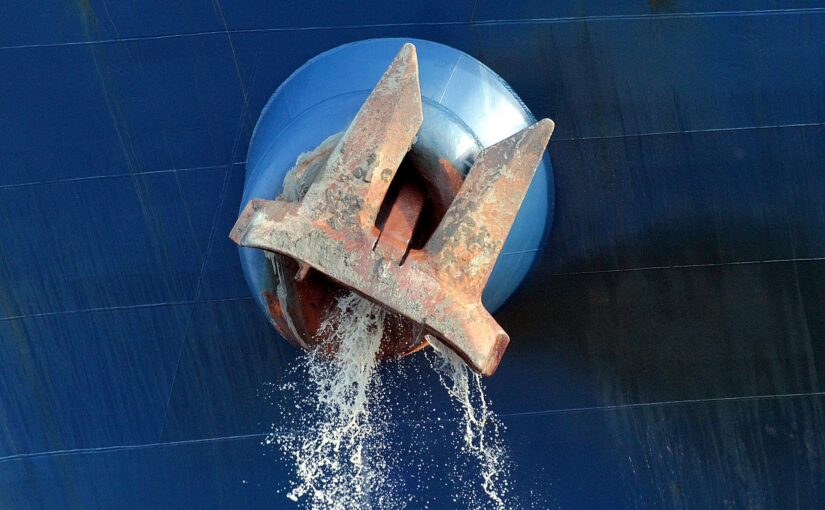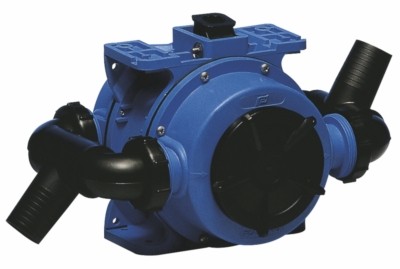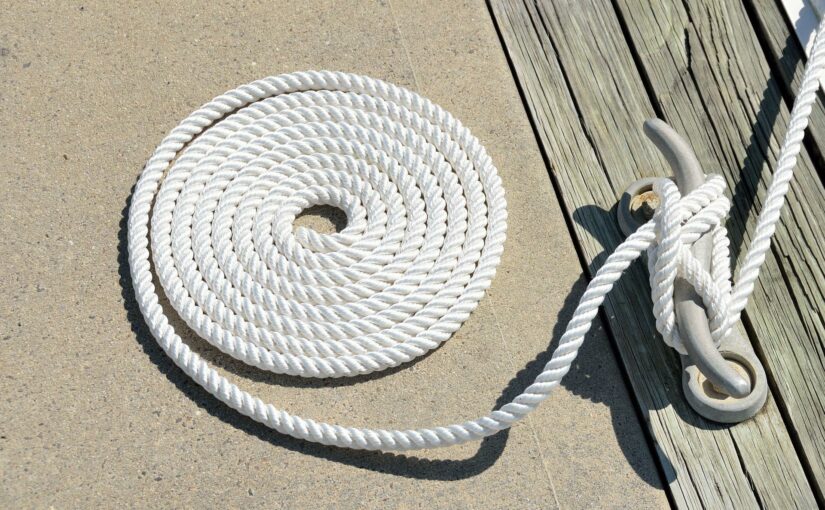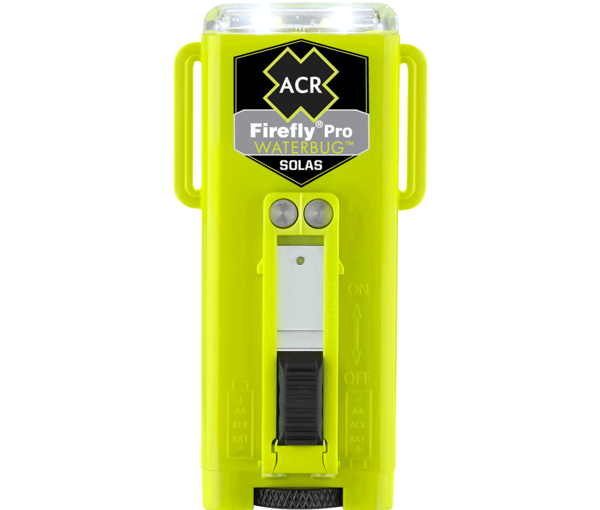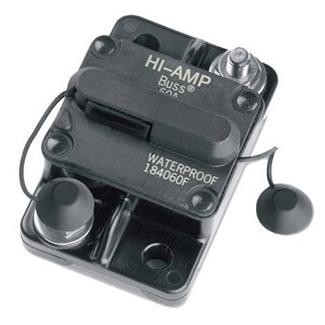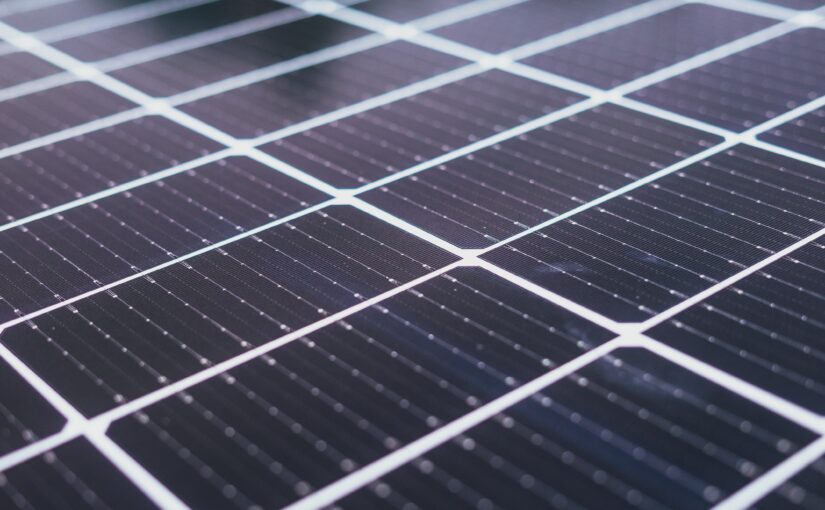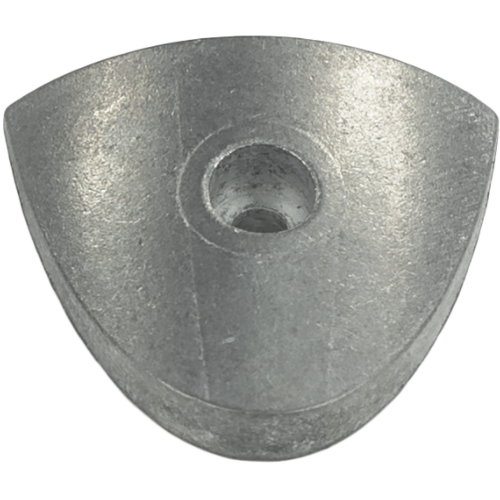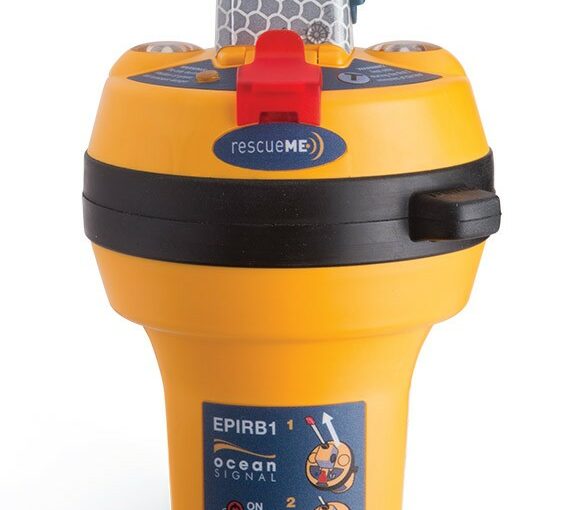Here are some interesting questions. Boat rope is a very important element in ships and you come across it everywhere in your boat. Many people don’t know that we don’t use the word rope in the boat, but we refer to it with other words. And it varies according to the type of use. In this article we will look at why the word rope has become a taboo for sailors and what the proper terms are.
According to tradition
From generation to generation, it is a tradition that there is only one ship’s rope on a ship. This is the bell. To this day, ships have only one rope on board? They still respect this custom. It has even become a saying.
According to seafarers’ vocabularies
According to the lexicon of seafarers, each rope has its own name. This individualism is due to the specificity of their respective uses. However, to designate the rope and avoid the word “rope”, the most used generic word is ” bout ” and it is pronounced as “boute”.
To designate heavy ropes, in 1358 the word cordage appears. However, we can use the word rope, if the rope is outside the boat as the following expressions:
- “Rope fenders” to designate if we use it in fender,
- “Rope fenders” if used in fender protection, “restraining ropes” if used in cargo loading,
- “Fleeing with masts and ropes” when we are escaping the wind.
To differentiate each rope in a ship and avoid the word taboo, the maritime lexicon gives various names according to their respective role. So it’s all about the ropes inside the boat itself. Here are some examples:
- Grelin: for towing
- Mooring: to keep your position at sea
- Tie down; to connect the bottom of the net with the safety net
- Garcette: for mooring equipment
- Halyard: to attach to a pontoon
- Sheet: to adjust the angle of a sail
- Stay line: to connect the top of the mast to the hull
- Downhaul: to raise and support the boom
- Topping lift: for manoeuvring adjustments
The word rope and the story of mutineers
In a boat, it is strongly forbidden to say or refer to the rope with this word. However, you can use similar expressions like buttons, manoeuvres. But why is this taboo or even forbidden?
Because seafarers sometimes rely on legends or stories that have marked their lives. One of these beliefs is the time of mutineers, i.e. people who rebelled. They were hanged with ropes. And since that time, this word reminds us of this dark story. And invoke what they were hung with. That is why this word is hardly ever used on board a ship.

